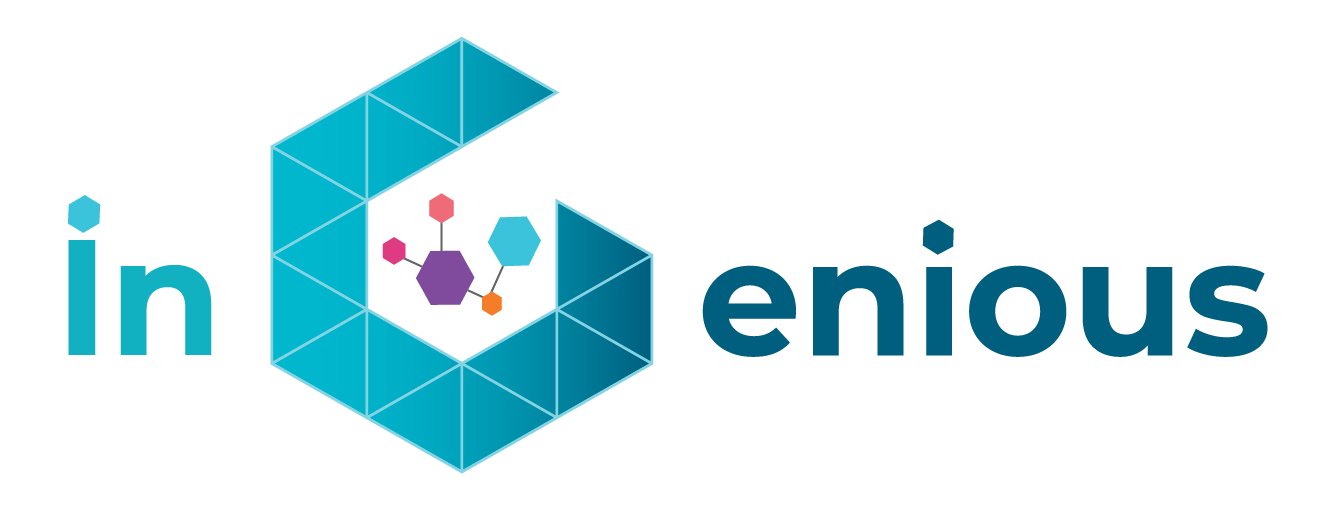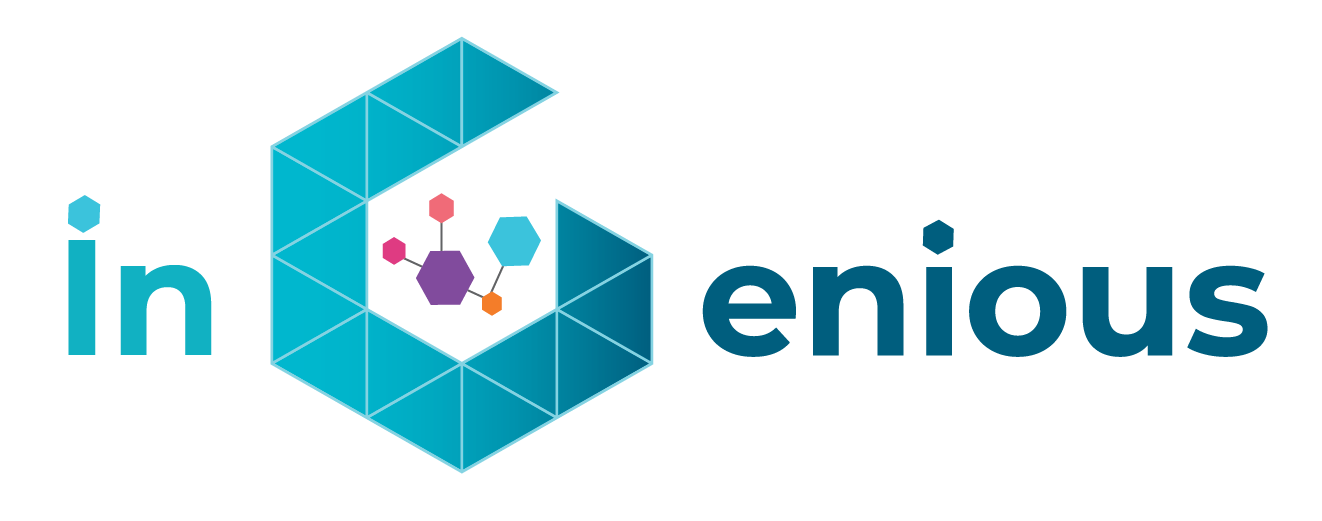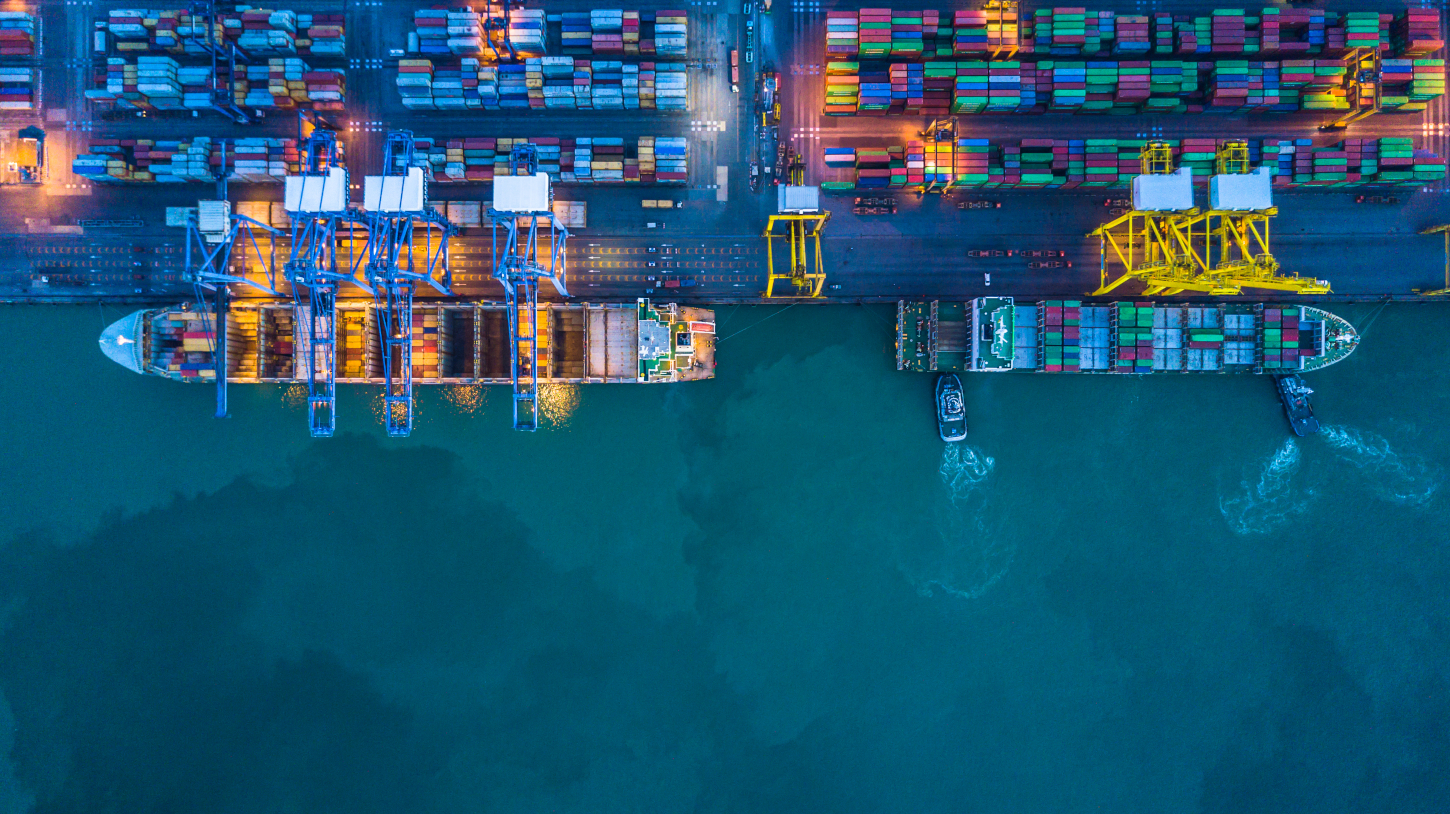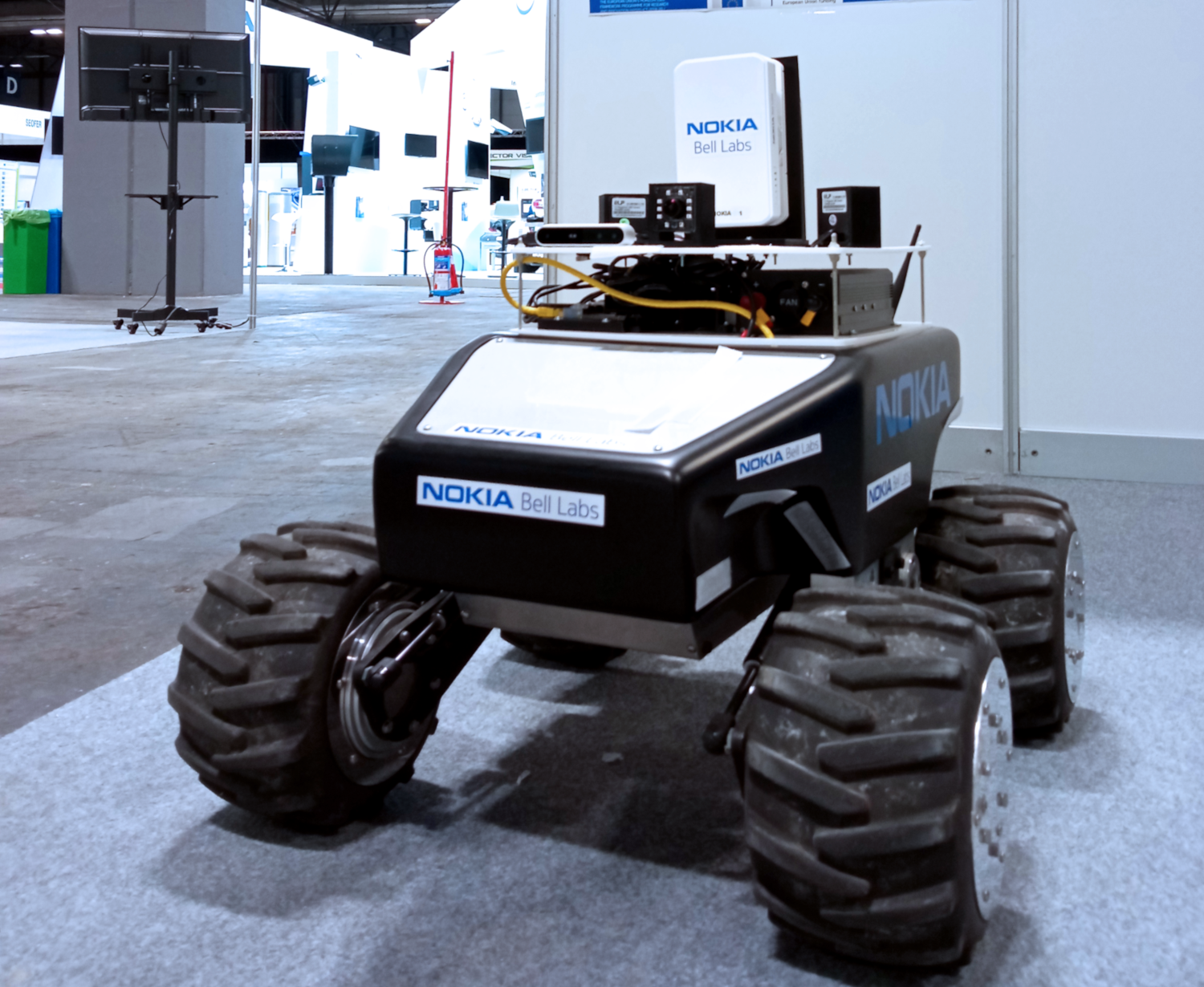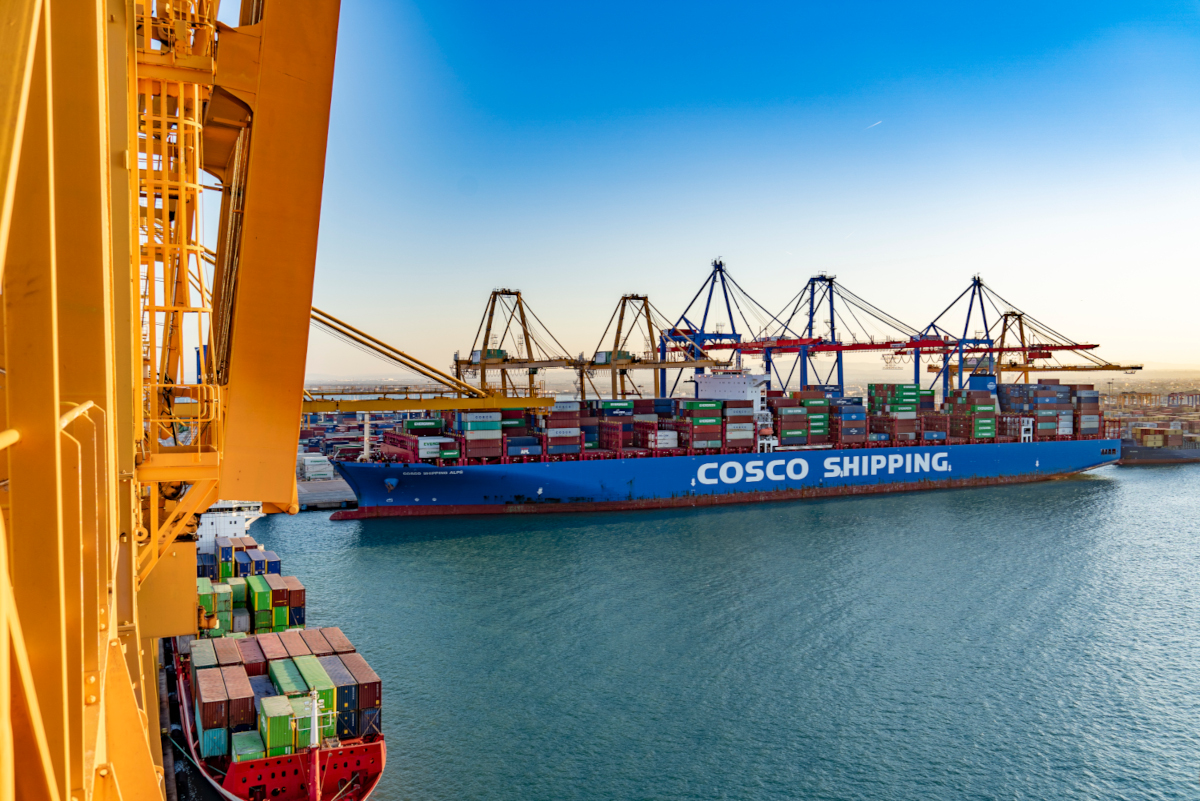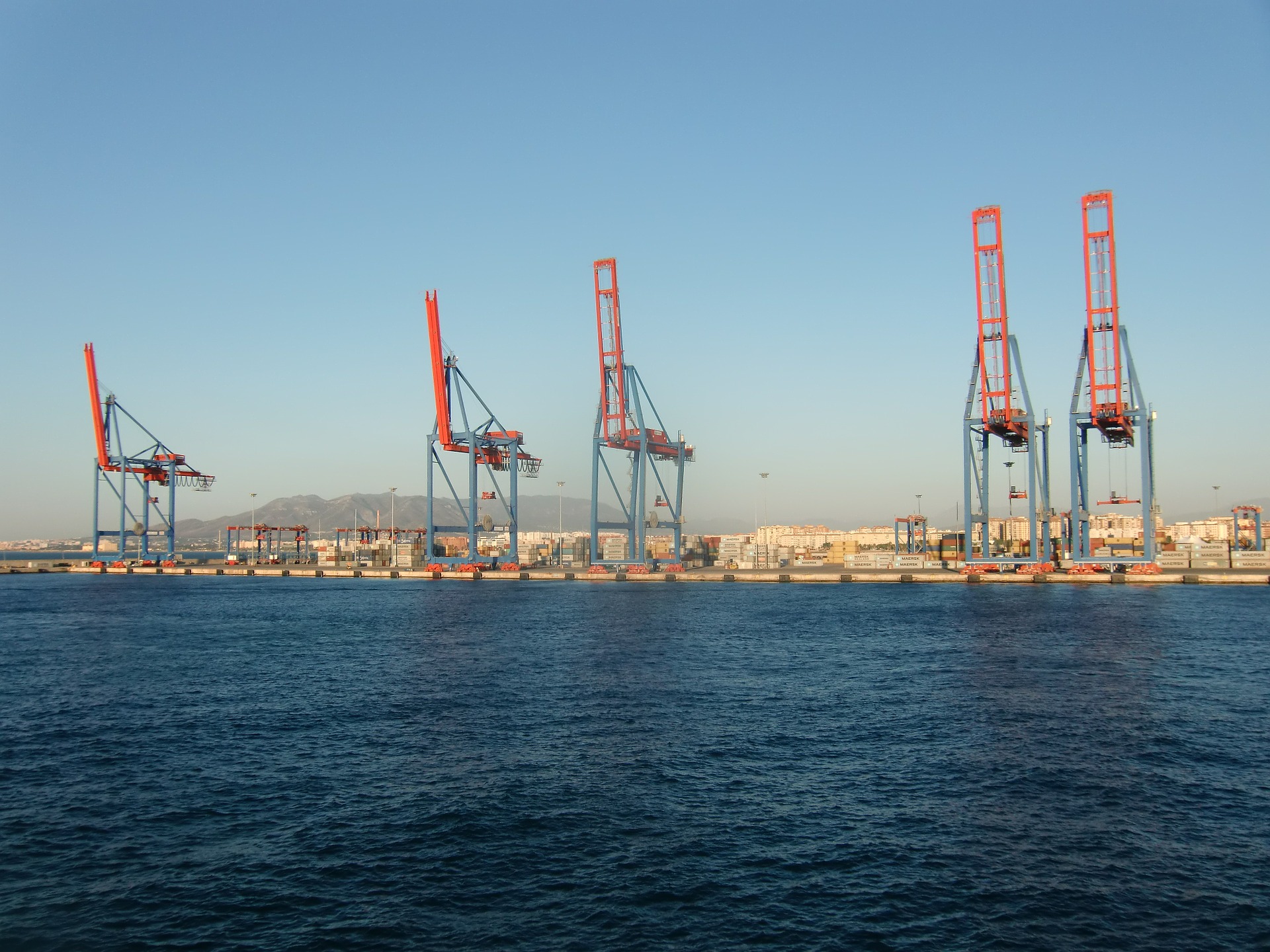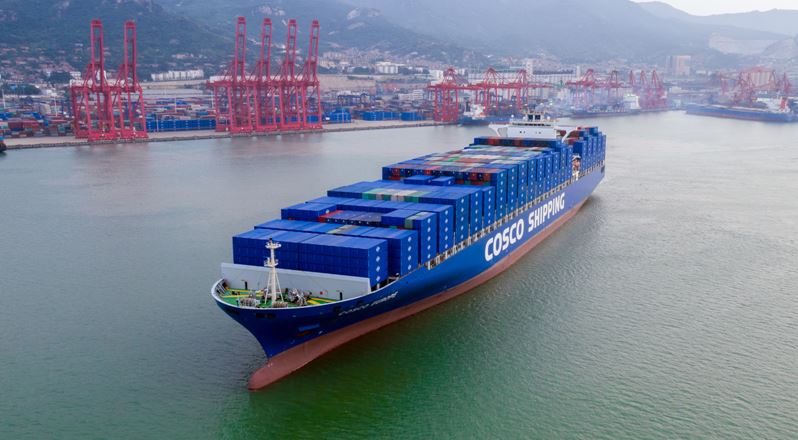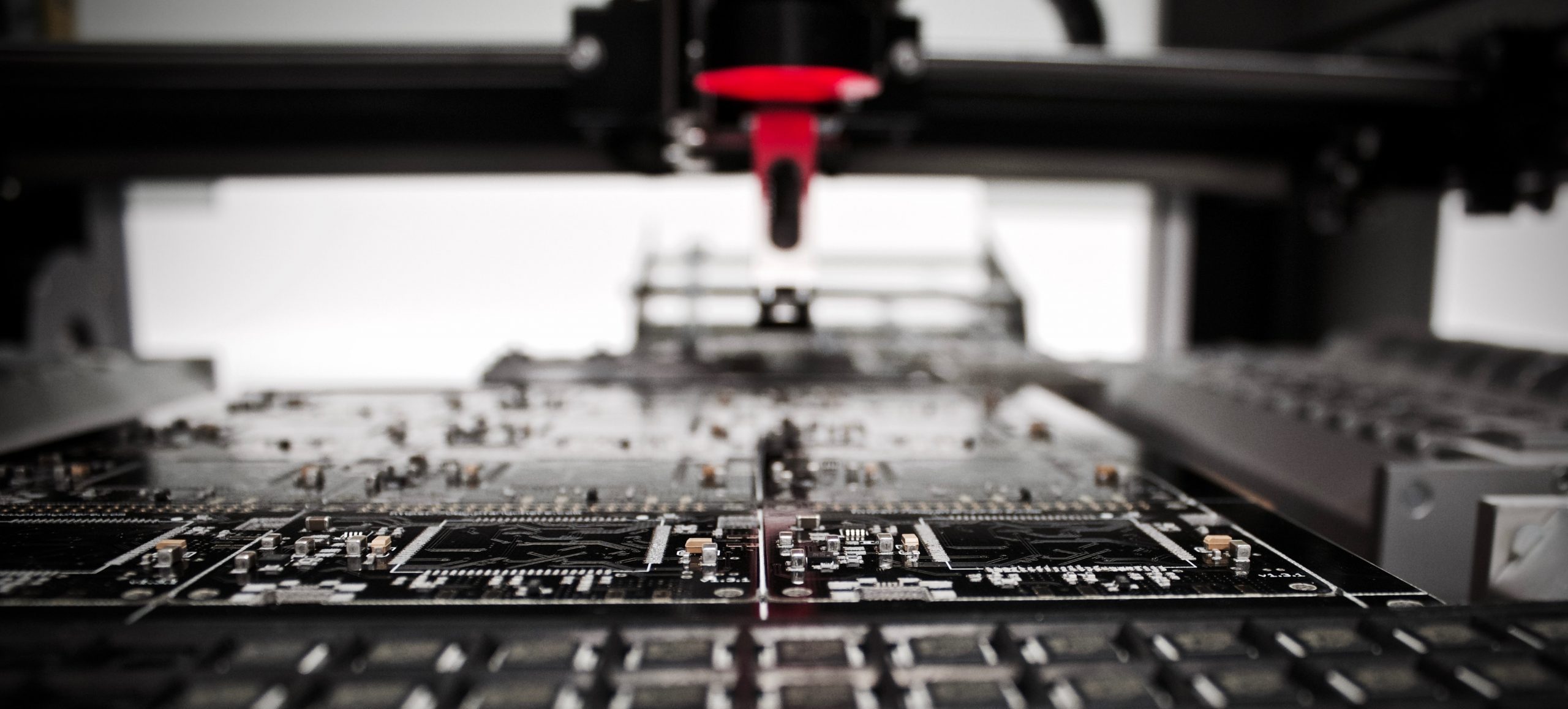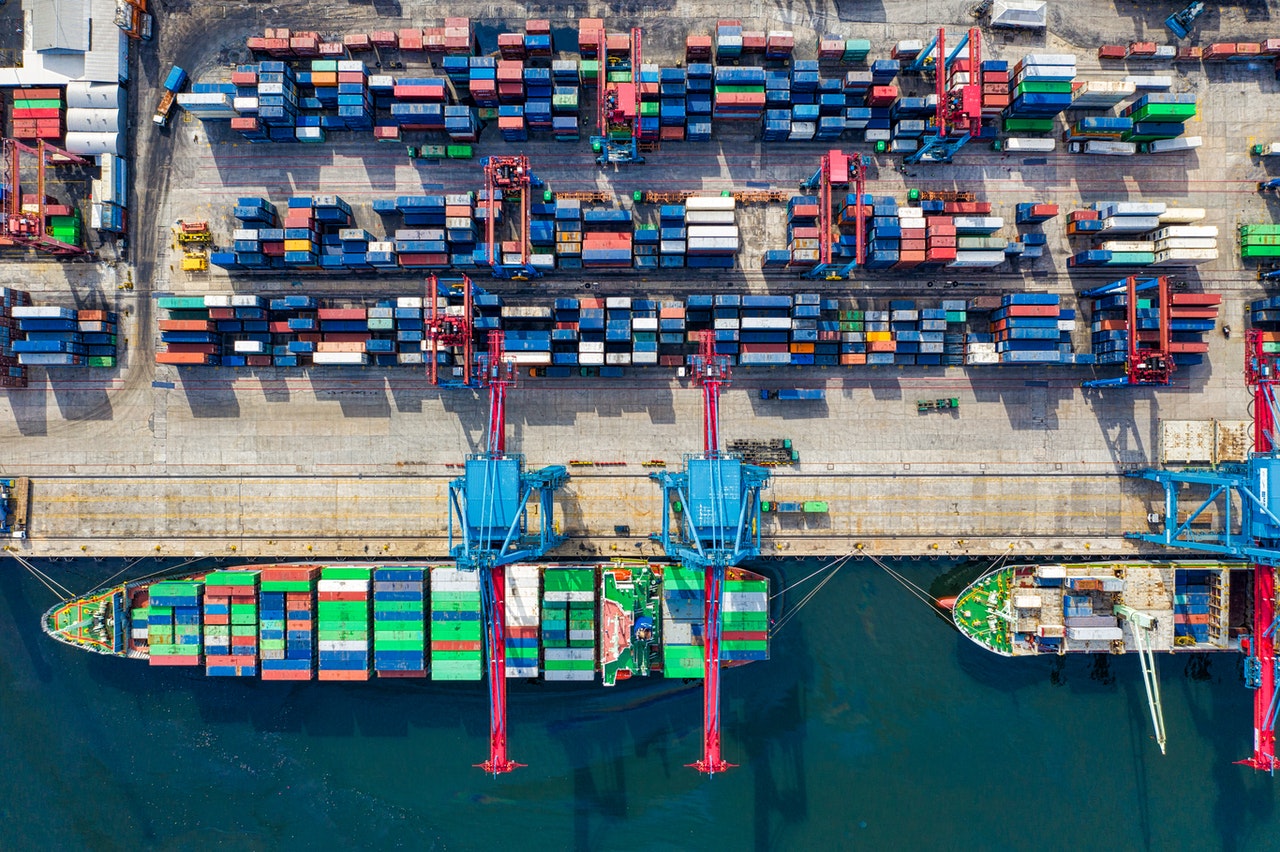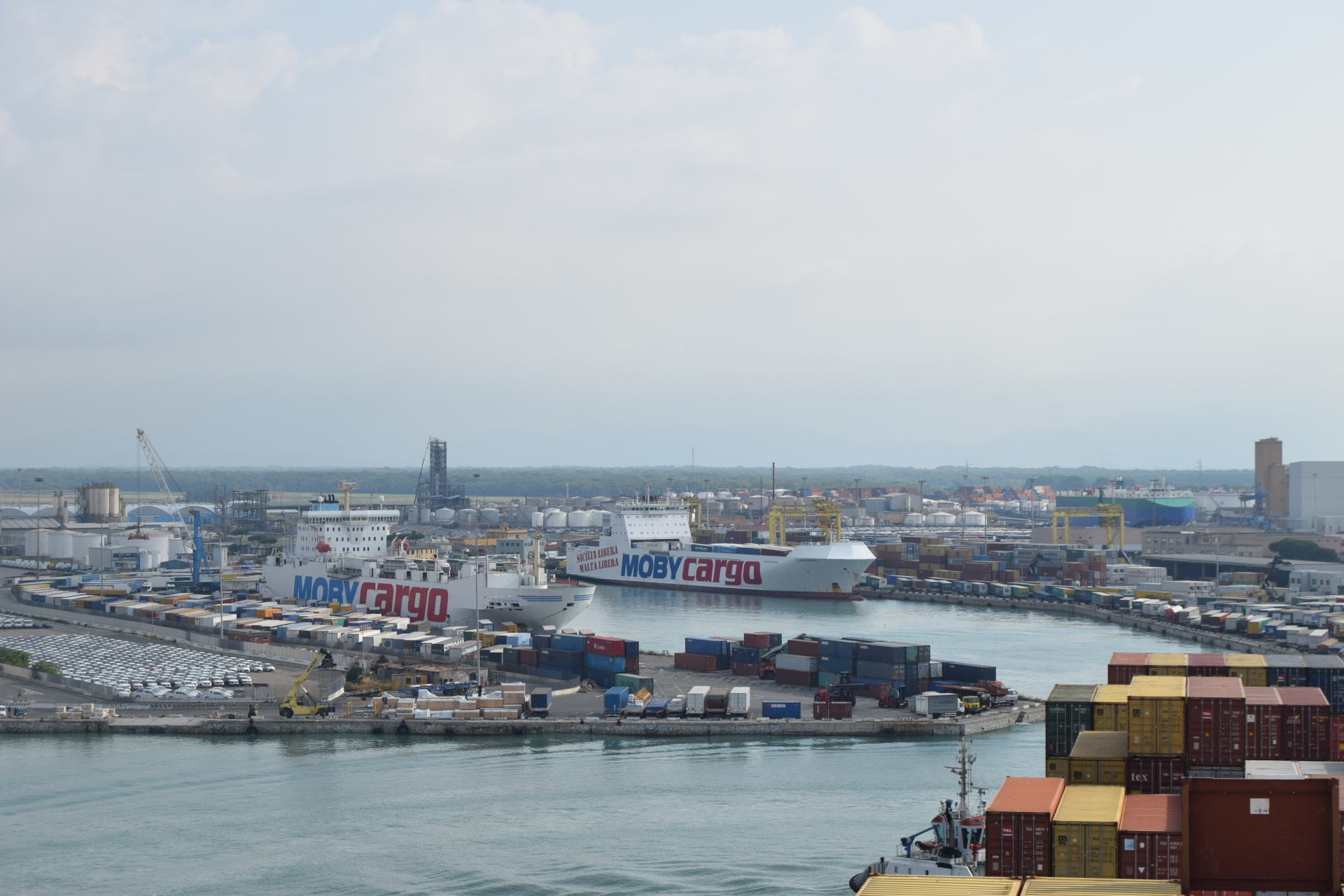TECHNICAL BLOG
The maritime industry is emerging as the next big thing in terms of IoT applications. The maritime sector benefits greatly from IoT, improving logistics, higher confidence in the product and delivery supply chain quality, safety and resulting in lower costs.
The AI/ML innovation scenario for the end-to-end network slice optimization in iNGENIOUS targets the trigger of a pre-emptive auto-scaling of local-edge and central User Plane Functions (UPFs)
Sensorial XR has been used in the iNGENIOUS to improve the overall interaction with an AGV (Autonomous Guided Vehicle) under different circumstances and requirements.
This use case focuses on improving driver safety by combining mixed reality (MR) and haptic solutions in the real scenario of the port of Valencia.
This use case aims at providing E2E asset tracking via satellite backhaul from the IoT RAN to the corresponding data/control center, enabling real-time/periodic monitoring predetermined parameters (temperature, humidity, accelerometer, etc.) of shipping containers when they are sailing on the sea, while terrestrial IoT connectivity is provided when the ship approaches the port.
ICT innovation is considered the turnkey to enable Industry 4.0 processes and paves the ground to sustainable growth
This use case focuses on enhancing the situational understanding of events in maritime ports and terminals by means of collecting and aggregating data processing. A subsequent optimization and prediction performed on this data will reduce the time that trucks spend inside the port and terminal facilities.
End-to-end intermodal asset tracking allows shipment information to be ubiquitously available across all connected platforms and interested parties in real-time. Data analytics on this rich and timely data would further allow supply chain players to achieve operational excellence, major reductions in operational uncertainties, and increased revenues.
Automation provides economic benefits for customers and service providers by improving the response time and increasing operational productivity. It facilitates the optimization of resource allocation and material utilizations, enabling lower production costs and creating opportunities for new services.
Planning operations efficiently requires situational awareness, or information on the current state of affairs, capability for predicting how current processes will carry out, and adapting plans according to foreseen changes.
The port is not smart just because of its use of electronic (digital) documents in its processes, instead of paper-based ones. The port is smart if, thanks to emerging technologies (e.g. blockchain, Internet of Things, Artificial Intelligence, etc.), it has re-engineered its processes, increasing their levels of speed, efficiency, effectiveness, sustainability and performance.
During the financial crisis of 2008 the trust in financial institutions, especially banks, and the governments eroded. The idea to opt-out of the traditional monetary system based on faith in central banks gained traction.
The idea behind bitcoin is to use proof-of-work to establish consensus on the state of the whole transaction ledger by means of a distributed method.
The principle approach of the iNGENIOUS project is to exploit the wealth of data provided by the Internet of Things (IoT) for the entire supply chain. The cross-layer architecture is derived from the functional and non-functional requirements that have been identified within the use cases of the project.
We are at the beginning of the IoT period, and the next-generation IoT will need to fully exploit the disruptive advancements that are under standardization in 5G.
